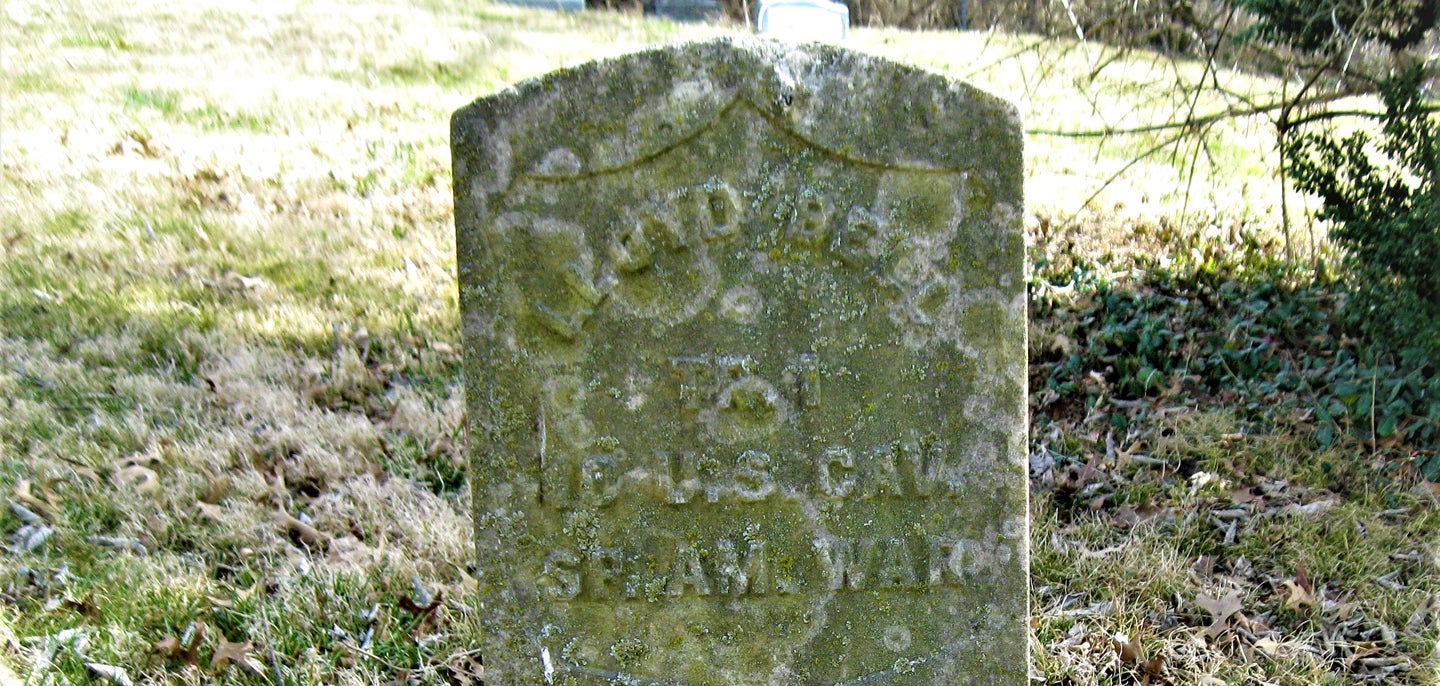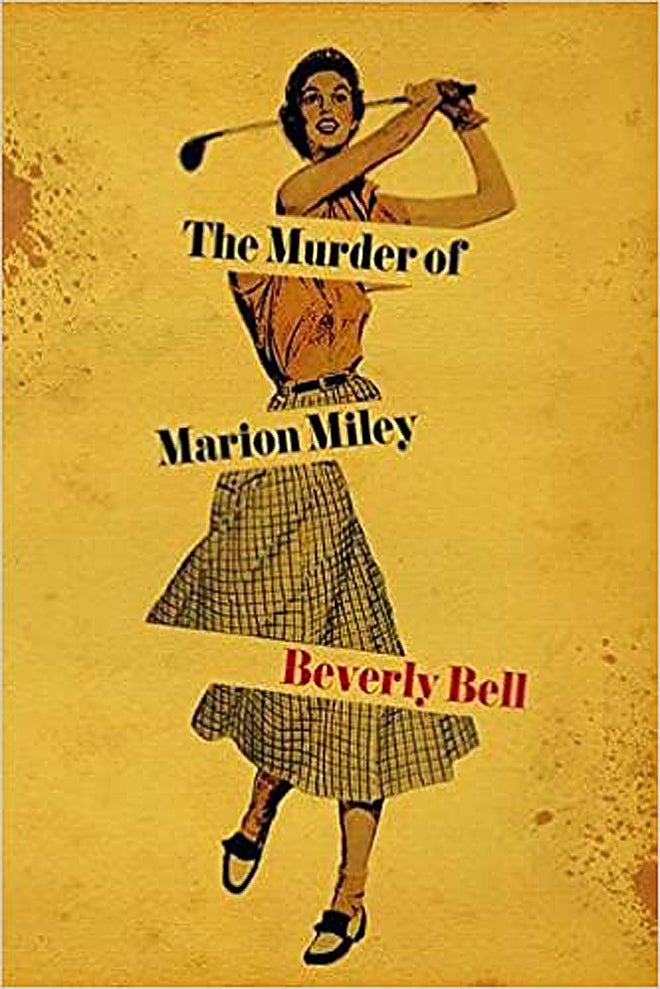
“The Murder of Marion Miley” by Beverly Bell
If you are a true crime fan who enjoys reading about events that took place close to home, “The Murder of Marion Miley” should be the next book on your list. Author Beverly Bell takes her extensive research of a 1941 Lexington murder and weaves it into a page-turning literary thriller.
The book opens in the early morning hours of Sept. 28, 1941, the horrific crime in progress. Robbers break into the second floor apartment of the Lexington Country Club, brutally murdering 27-year old Marion Miley, and leaving her mother, Elsie, clinging to life. Marion is not just any young woman. She happens to be an international golf phenom known to rub elbows with the likes of celebrities, political figures and even royalty.
The tragedy makes both local and national headlines, and Bell intermingles the actual news stories between chapters, incorporating articles from such publications as The Lexington Herald, The Lexington Leader and The New York Times. She brings readers along for the ride as the perpetrators attempt to rid themselves of any evidence tying them to the crime, including the Buick reported seen at the club on the night of the murders.
Law enforcement officials embark on a manhunt encompassing much of the South prior to nabbing the first assailant, ultimately leading to the capture of not only the second shooter, but also an accomplice who helped make this crime an “inside job.” We follow the trials, sentencing and last-ditch effort appeals as the offenders arrive at Eddyville to await their destinies on death row.
I found that the greatest strengths of the novel, however, are found in the way Bell utilizes the voices of Fred (Marion’s father), Fritz (her best friend) and Penney (one of the killers). The author is not just regurgitating facts. Instead, she engages the reader in the narrative through the unique emotions invoked in each of these characters by this tragic event.
For those who call the bluegrass state home (especially Central Kentuckians), well-known names and locations provided as context help the reader feel closer to the story and may even evoke a sense of nostalgia.
“The Murder of Marion Miley” was a finalist for the United States Golf Association’s Herbert Warren Wind Book Award in 2020. If you enjoy the book, you may also be interested in KET’s recent documentary, “Forgotten Fame: The Marion Miley Story,” for which Bell served as a featured consultant.
— Review by Diane Dehoney, Paul Sawyier Public Library
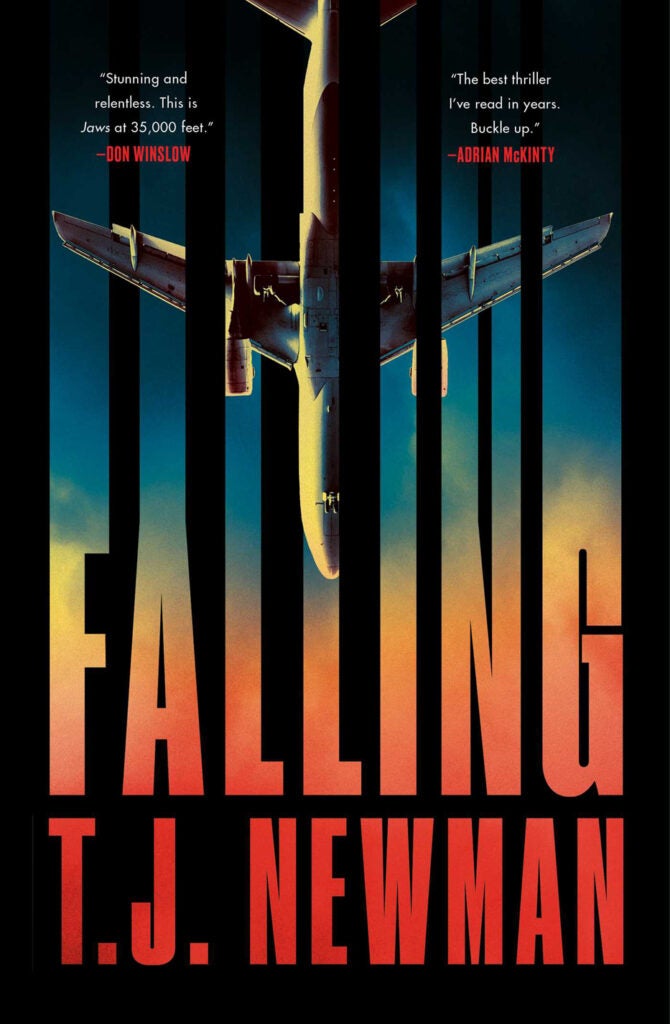
“Falling” by T. J. Newman
Bill Hoffman, airline pilot for Coastal Airways, has been asked to come in to work a flight from LAX to New York. He agrees, even though his wife Carrie objects as Bill had promised to attend a little league baseball game that his son, Scott, is to play in. Early into the flight, Bill receives an email message from his wife, which has a photo of his family bound and blindfolded in their living room. With the next message comes the ultimatum, crash the plane with all passengers on board or his family dies.
From here, the novel moves quickly, switching story lines between Bill, Carrie, Jo (the lead flight attendant) and her nephew, who happens to be an FBI agent doing his best to make the agency aware of the impending crisis.
Newman is a former airline flight attendant, and her intricate knowledge of the industry and the stresses of its pilots and attendants provides for a lot of depth and detail in this novel. The book moves along at a swift pace, which will allow you to forgive some of the gaps in the logic of the story. This first-time author has given readers a book they just might fall for.
— Review by staff, Paul Sawyier Public Library
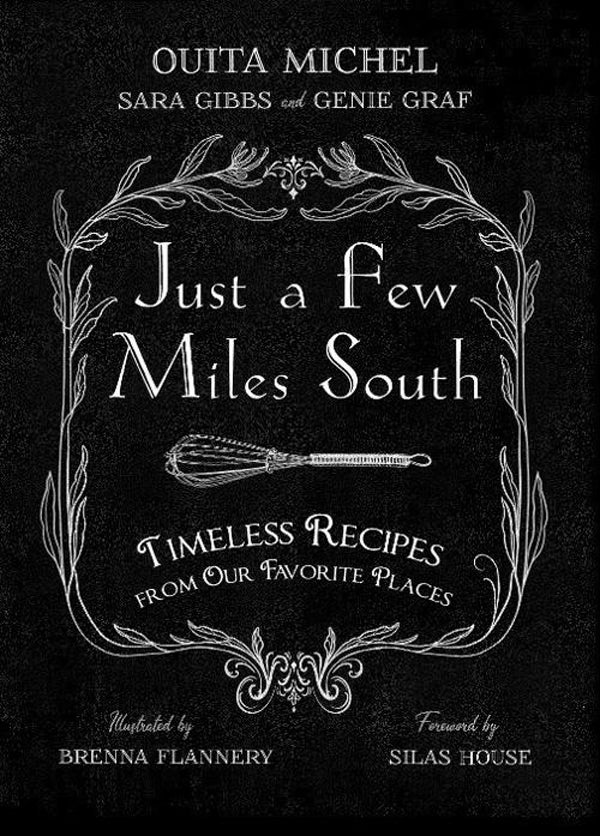
“Just a Few Miles South” by Ouita Michel, Sara Gibbs and Genie Graf
Many publishers postponed printing books during 2020 because of the paper shortage, shipping difficulties or the hesitancy to send authors out for publicity tours. “Just a Few Miles South” was one of those postponed. However, we especially needed this book during the pandemic as so many of us were cooking up a storm searching for the comforts that home cooking delivers.
From the time that Quita Michel opened her first restaurant, the “mother ship” at Holy Hill Inn, she has dedicated her kitchen to her food partners, the local farmer. She was an activist for supporting “local” before it became a trend in Kentucky. All of her bread is baked daily with flour from the mill “down the road.” She even raises her own catfish at the “hole in the wall” Smithtown Seafood in Lexington. When you dine at a Quita restaurant, you know you’re not only supporting the Michel’s family, as well as their staff, but also your farming neighbors.
As most of us are not cooking for a restaurant full of people, Quita asked Sara Gibbs to scale down the portions and test and re-test each recipe. Genie Graf is the special projects director for the business, and helped edit the book. The book is illustrated by Lexington artist Brenna Flannery.
Should you have a favorite meal you order at any of her restaurants, you are likely to find the recipe in this collection. From “Whitesburg Soup Beans” to “Danger Brownies” to “Wallace Station Burgoo” to “Honeywood Hoecake Burger,” this collection contains most of the favorites from her many kitchens.
Quita says the she and her husband, Chris, “built the kind of restaurants we would hope to find on our own journeys and adventures: a little quirky, off the beaten path, an authentic expression of place, and full of deliciousness.”
Silas House writes in the foreword that this book is “a tour of Kentucky, a praise song for place, and the importance of being a good neighbor in ways big and small.”
This collection is sure to be a holiday bestseller, one that locals should share with their neighbors near and far. As Quita says, “food is love!”
— Review by Lizz Taylor, Poor Richard’s Books
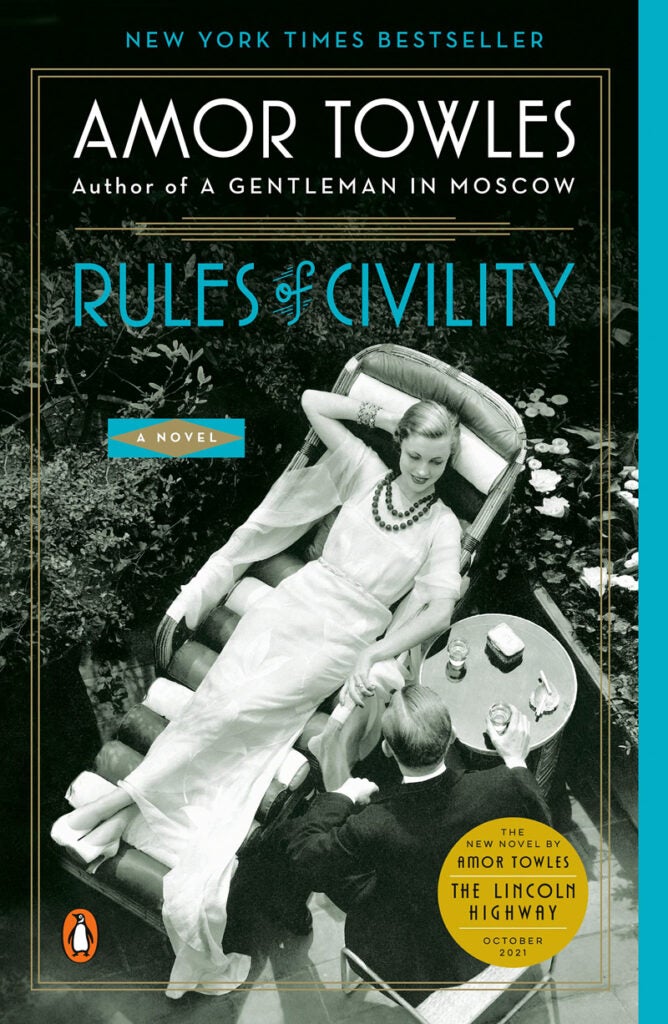
“Rules of Civility” by Amor Towles
Amor Towles uses the prelude of this novel to hint at its theme. There is an exhibit of Walker Evans photographs on display for the first time at the Museum of Modern Art in 1966. “Many Are Called” is a collection of photographs that Evans took while riding the New York subways.
It is suggested that when one steps on the subway, you have the same face you put on for display at work, but after a few stops you relax into your real face. The narrator catches a glimpse of a photo of her old banker friend who has obviously fallen on hard times. Then another photo of the same friend appears in the display with fur trimmed coat and filled out cheeks. The first photo was dated 1939, the second from 1938. Riches to rags, is part of this story.
On the last night of 1937, 25-year-old, Katya (now Katey) Kontent (pronounced like the word content), daughter of Russian immigrants, is at a lower Manhattan jazz bar with her Midwestern friend Eve, when they meet the young banker, Tinker Grey. Gin and tonics, along with champagne, fosters a condition where Tinker shouldn’t be driving. There is an accident which marks Eve for life and sets the novel in motion.
Hard working legal typist, Katey, becomes connected to the heirs of wealth in the world of Manhattan and the Long Island that Fitzgerald described in “The Great Gatsby.” Being the narrator, Katey describes the elegance as well as the foolishness of her friends, but she also becomes part of this evolution of youth and promise.
Just as the black and white photographs of Walker Evens depict people that have changed and evolved into various shades of gray, the characters that Towles creates will reveal their true character in the upcoming year.
If you’re longing for the glamour of New York, read “Rules of Civility” just for the descriptions of the period, the food, the dress, the parties. But, you can also read this novel for the universals, such as coming of age stories and the various degrees of moral compromise that create change and maturation for all the characters.
— Review by Lizz Taylor, Poor Richard’s Books





